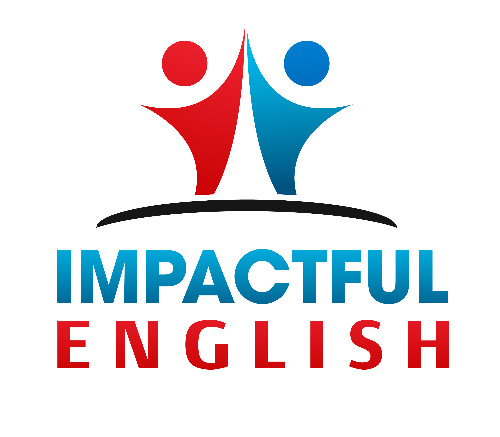15 Phrasal Verbs with ‘Get’ for Work & Business
Since phrasal verbs are frequently used by natives and are an important part of the English language, building your phrasal verb repertoire is an essential step to reaching English fluency.
If you have difficulties understanding natives, one of the actions you should take is to consistently build your knowledge of phrasal verbs.
I suggest directing your focus on the most common ones
Phrasal verbs with ‘get’ are some of the most used ones. And in this article, I teach you 15 phrasal verbs with ‘get’ which you can use in a work and business context. I also give you three tips to remember and increase your knowledge of phrasal verbs.
It’s important to note that a lot of phrasal verbs have different meanings depending on the context, however for the 15 below I have chosen one meaning for each phrasal verb with ‘get’.
15 Phrasal Verbs with ‘Get’
1. Get across
Effectively explain an idea or thought.
Example: It was a challenge to get my idea across to the CEO, but I succeeded in the end.
2. Get ahead
Advance or progress.
Example: Are you getting ahead with the PowerPoint presentation, John?
3. Get away
Stop or move away from an activity.
Example: Since we have only got 20 minutes left, let’s get away from that topic and move on to the other issues we have to deal with.

4. Get around
Avoid or circumvent an obstruction or difficulty.
Example: We have to find a way to get around this problem.
5. Get away from
Begin to speak about something that is unrelated to the intended topic.
Example: You’re getting away from the point. We should be focusing on next year’s budget.
6. Get back to
Return contact with somebody or something.
Example: I’ll get back to you about the proposal next week.
7. Get behind with
Be late with a payment or not do as much work as you should have done by a certain point in time.
Example: After taking on this extra responsibility, I have got behind with sales reports.
8. Get by
To survive or deal with a situation by just having enough money for what you need.
Example: We are just getting by on the budget you have allowed us, so if it is possible, we’d like to request more so that we have more flexibility
9. Get down to
To focus your attention on something.
Example: After about five minutes of small talk we all got down to business.
10. Get into
Become interested or involved in an activity or topic.
Example: Our company is starting to get into other types of technologies, such as AI and blockchain.
11. Get on / along with
When people are friendly to each other and have a good relationship.
Example: It’s quite challenging at the moment because a few of our team members are not getting on with each other.
12. Get out
Make something available or known.
Example: We are getting out a new product next month and we’re really excited about it.
13. Get over
Recover from a bad or difficult experience.
Example: It’s probably going to take us a couple of years to get over this crisis.
14. Get rid of
To remove something unwanted.
Example: When we renovate our office we are going to get rid of the existing office desks and chairs.
15. Get through
To finish something which is challenging.
Example: Although the training was very intensive, I got through it.
3 Tips to Increase and Remember Phrasal Verbs
Tip #1. Learn Phrasal Verbs Related to Your English Needs
Discover new phrasal verbs by thinking of situations (e.g. for meetings) or topics (e.g. Economics) which you need to increase vocabulary for. Then read articles and listen to podcasts related to these topics, while paying attention
As well as this, you can Google search “phrasal verbs for ‘topic’.
Tip #2. Use Digital Flashcards to Review
Note down the phrasal verbs in a digital flashcard app such as Quizlet. As an example, click here for flashcards related to the topic of economics. Make a point of reviewing these phrasal verbs for a few minutes each
Tip #3. Put into Practice
Use the phrasal verbs in real-life situations when you get the opportunity, such as for email, work meetings, and presentations. The best way to remember and
Conclusion
There are hundreds of phrasal verbs in the English language, and many of these have multiple meanings. This can sometimes discourage or intimidate English learners.
But I suggest focusing on the ones which are most commonly used and which you are able to use for your English needs.
As I talked about in my post, How to Achieve Your English Learning Goals it’s important to set a goal and focus on the process which will help you reach that goal.
I suggest the following process to learn phrasal verbs: learn only one a day. That’s it. Simple. This way you’ll know 30 phrasal verbs after one month. After 3 months you’ll know 90. Try it out!





